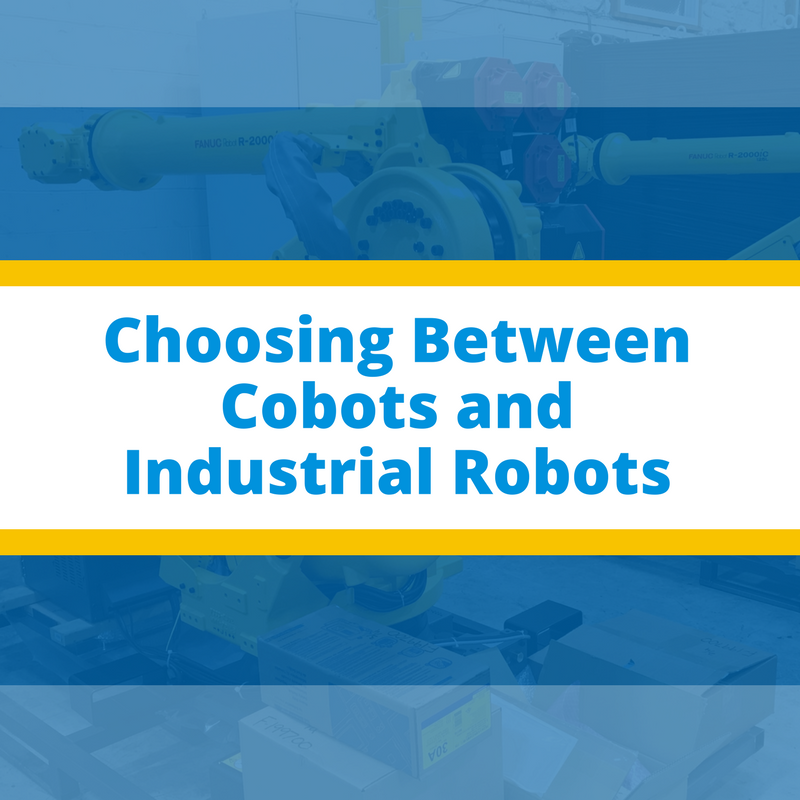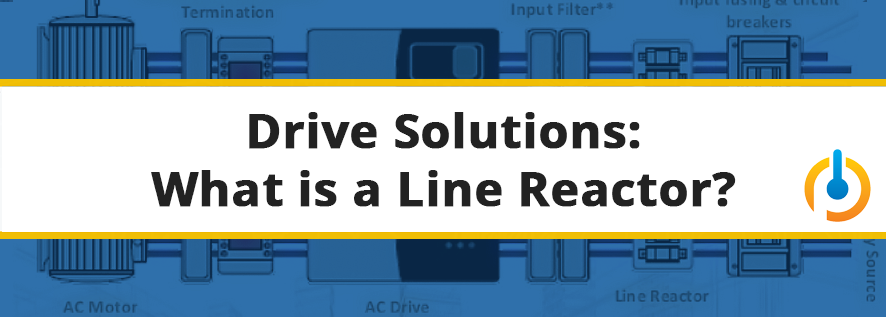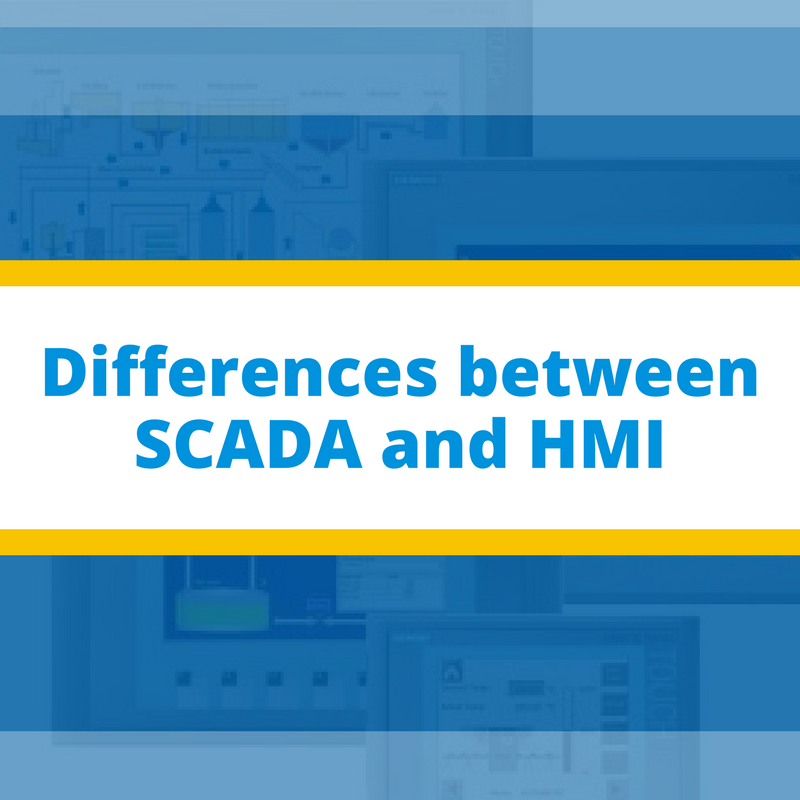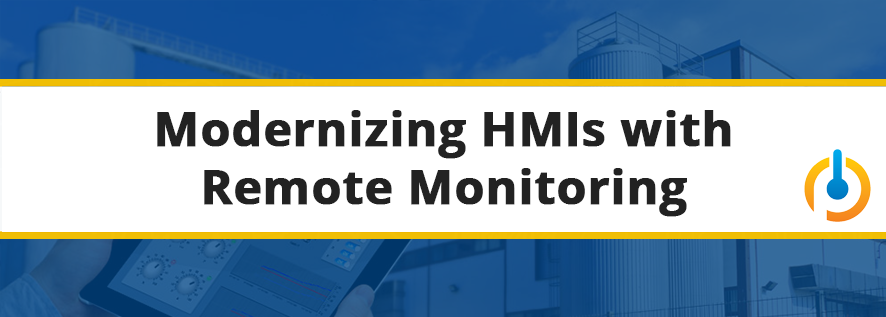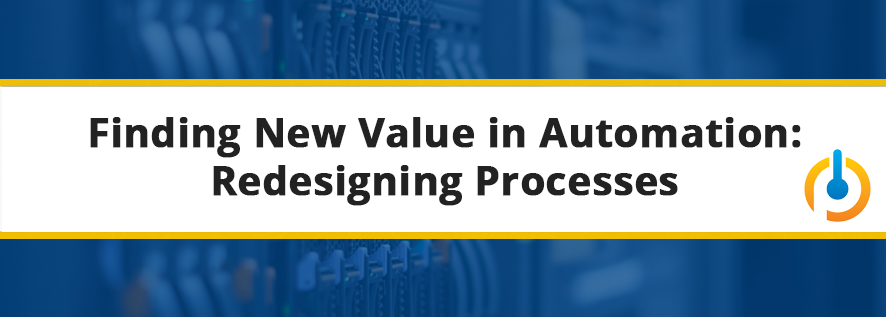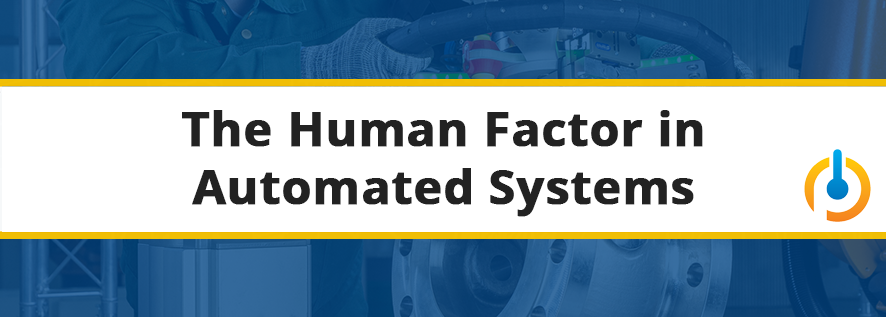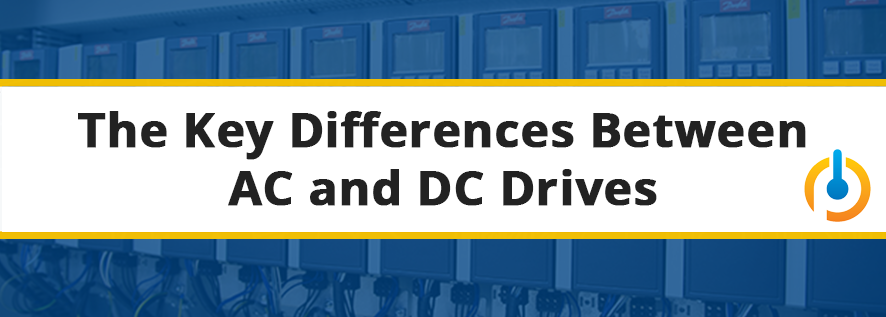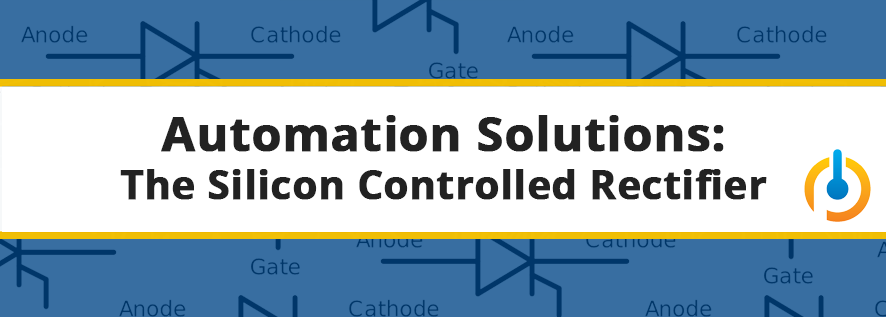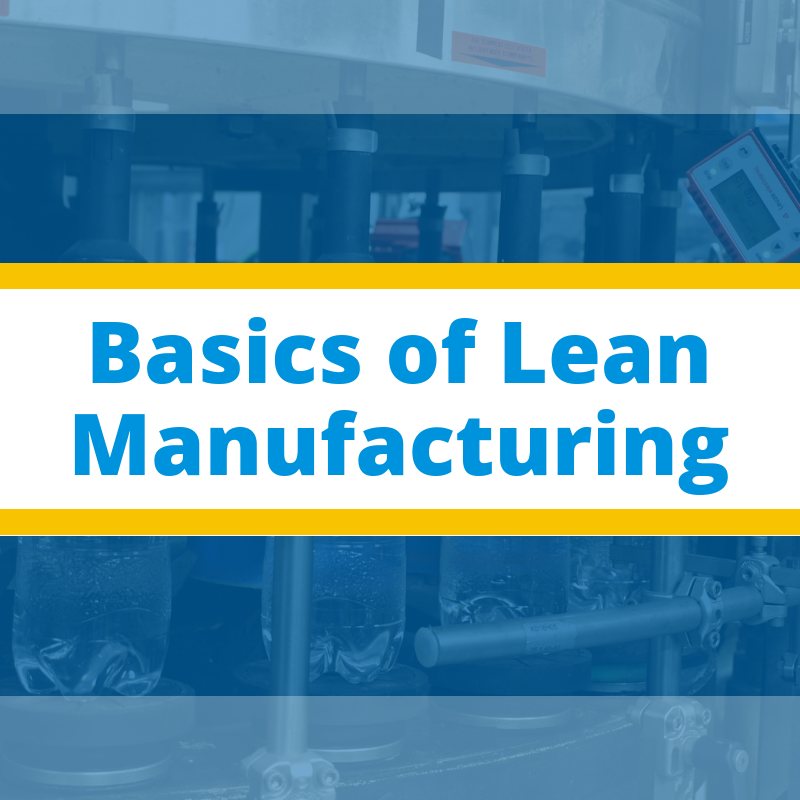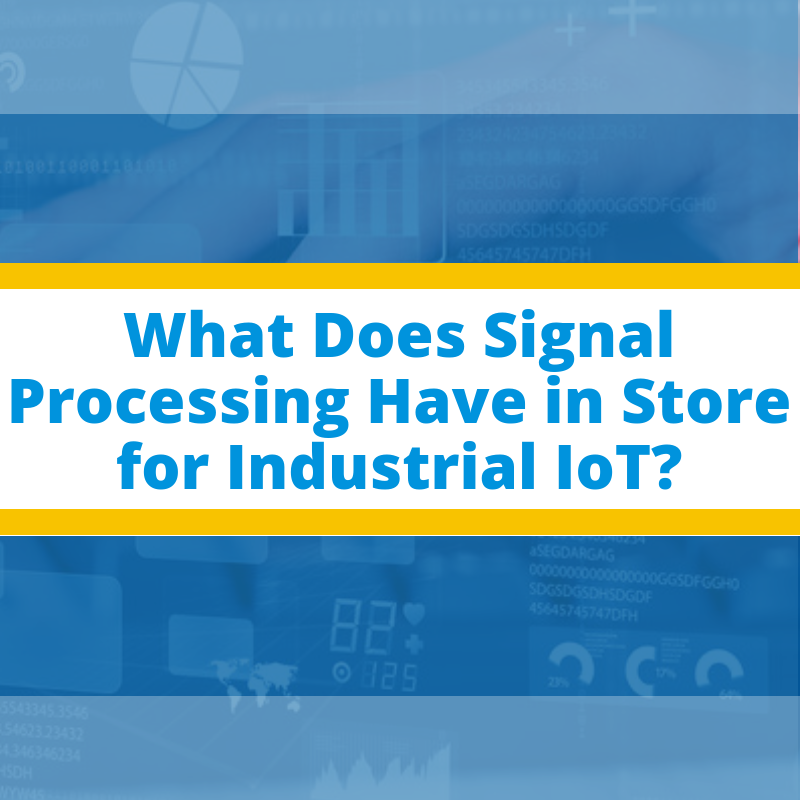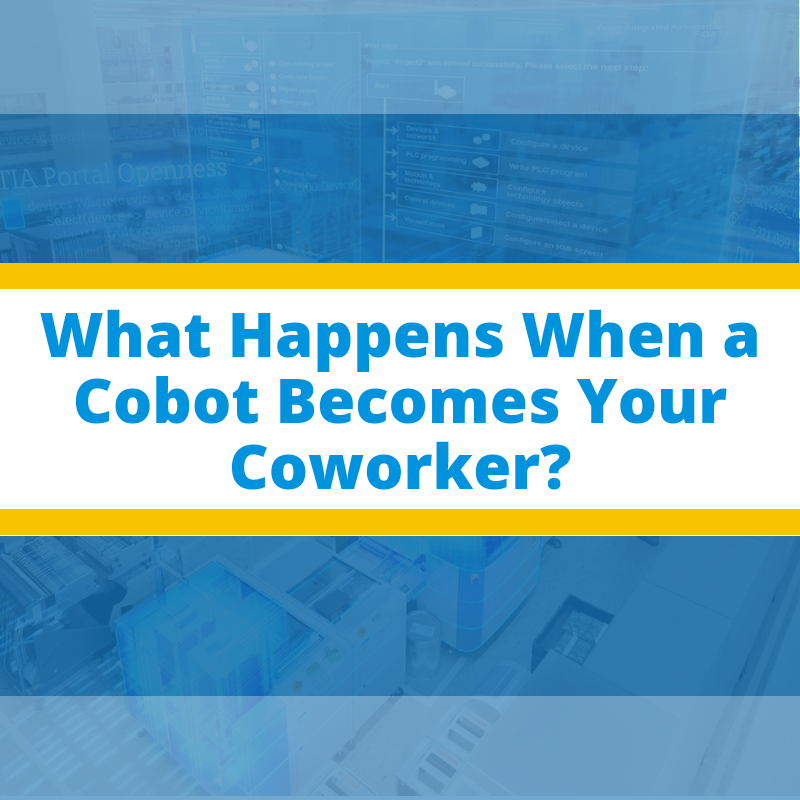Winding material into a coil is a common automation application with a lot of technology at the core. Winders are used in many industries. The thickness of the material can range from a heavy gauge steel, a thin plastic, standard paper, aluminum foil, to even toilet paper. Pretty much any material that can be coiled up for more economical transport and delivery to the customer is coiled up on a winder. In general, the lower the cost of the material, the faster the rates the manufacturers need to run to produce their product efficiently. Some of these products can be run at many thousands of feet per minute.
The Basics of a Winder
Robots have served as the backbone of the manufacturing industry for decades, replacing humans in repetitive, laborious and time-consuming tasks. Advancements in engineering introduced robots to Artificial Intelligence (AI) and soon, the idea of collaborative robots took over. The scope of having a machine understand and work with you was promising, triggering developers to vigorously work on the idea. Simultaneous advancements in technology and boom in processing capabilities, turned the entire idea into practicality.
A line reactor (also referred to as a "choke") is a variable frequency drive (VFD) accessory. It consists of a coil of wire that forms a magnetic field as current flows through it. This magnetic field limits the rate of rise of the current, thus reducing harmonics and protecting the drive from power system surges and transients.
Many beginner automation enthusiasts often fail to establish appreciable differences between Supervisory Control & Data Acquisition (SCADA) and Human Machine Interfaces (HMIs). They often confuse both these entities as being similar and working for the same end-result. While the latter may be true, as in the end achieving automation is the desired result, the two terms are quite different and have limited overlap.
As the manufacturing world rapidly modernizes, manufacturers must be at the top of their games from broad new strategies to fine-tuned details. Today, there are sensor products on the market that allow for remote monitoring for everything from home utilities and amenities such as a pool to security systems. Many set-ups are as simple as loading up an app on a tablet or smartphone.
While this is indeed a positive change, HMIs must link to remote access to evolve as a useful tool. Going beyond simple monitoring and interaction, HMIs create a hub of control that many pieces of technology, such as older sensor products and other systems, often lack. In addition, most of today’s HMI systems are web-based, meaning that open standards are beginning to become a relevant powerhouse in the industrial market once again.
Finding New Value in Automation: Redesigning Processes
Automation has been a driving force in production and manufacturing over the past few years. Automation and control engineers are becoming more and more valuable as improvements in manufacturing become more necessary to keep up with technology. Automation can bring great value to companies and improve production quality and efficiency. Companies need to evaluate how automation can improve their business and give the company a step up in competing with other manufactures.
As technology advances and better automation systems are made to perform various functions, it reduces the need for human workers in manufacturing. While this technology has been developing rapidly, there are still many flaws in the system. Some people might think that either having a fully automated shop or a staff of able workers would be the optimal choice to run their manufacturing process. Another and quite possibly a better option is to have an automated system run by workers that are intertwined.
New technology in production management has begun to revolutionize the production industry. The implementation of this technology is relatively simple. You simply pay a company to code and install whatever tracking system you decide to go with. The bigger issue with the implementation is getting your employees to use a new system and keep up with it. It requires them to change their habits as well as get new training in some cases. How can you help motivate your employees to change to the new procedures so you can see benefits in the long run?
Motor and Motor Control Troubleshooting Techniques
The widespread use of motors in fields ranging from manufacturing to household applications means that downtime due to a malfunctioned motor can result in a great loss of productivity. A step-by-step approach is the best way you can analyze and subsequently troubleshoot a failed system.
While AC and DC drives each have specific uses, which is best for your project? In order to make this decision, one must first understand the benefits of each type of drive. Today AC drives are used much more frequent because of the precision that can be obtained from driving motors with them. Should you be looking for raw power, DC is the best choice. Let's review the advantages and most common uses for each drive to understand how to identify drive solutions for your application.
AC Drives vs. DC Drives
The need for Electric Drives is universal, and is increasing at a resounded rate due to constant innovation in the field of industrial automation—specifically robotics. Electric Drives offer the most efficient solution to controlling the output of a motor, and therefore are widely used in almost all industries, big or small.
Variable Frequency Drives (VFDs) are required for precise control of speed, position and torque at different loads, which is not efficiently achievable through other methods such as introducing resistance. Some of the benefits of Electric Drives, AC or DC are:
- A high level of efficiency in an industrial environment
- Have a predictable behavior
- Allow the control of starting current
- Have faced great advancement in recent years and are now embedded with microprocessors and digital electronics components
Automation Solutions: The Silicon Controlled Rectifier (SCR)
You may have heard of rectifiers before. From charging our cell phones to powering large industrial processes, there are many types of rectifiers used in a variety of applications. While commonly used for DC motors, SCR control technology can be found anywhere from steel mills to power plants.
There are many reasons why lead length between Variable Frequency Drives (VFDs) and motors are excessive. VFDs are sensitive electronic equipment and must be installed in clean and dry environments, forcing long distances between motor control rooms and the motors that they control. Also, some applications such as conveyors often use a single drive to operate multiple motors on the line. The length of the conveyor dictates the longest distance between drive and motor. With these constraints, output load reactors are the best answer in drive solutions to preventing motor failure.
While the entire idea of Lean Manufacturing and the benefits that come with it do sound enticing, several system integrators and vendors that have tried to implement it have run into hurdles which have prevented a complete adoption of the framework. From unfinished actions following Kaizen, to constant doubts from the management team, to individual personalities, Lean Manufacturingoften leaves engineers scratching their heads.
What Does Signal Processing Have in Store for Industrial IoT?
Internet of Things isn’t a far-fetched concept any more. The industrial world is making strides in its implementation backed by accelerated R&D, and while multiple definitions regarding the concept still exist, almost all stakeholders consider it a distributed network of intelligent sensors that allow operations to be controlled from a remote location in a precise manner.




